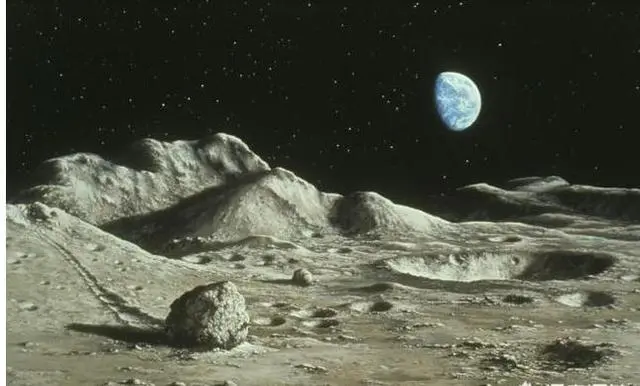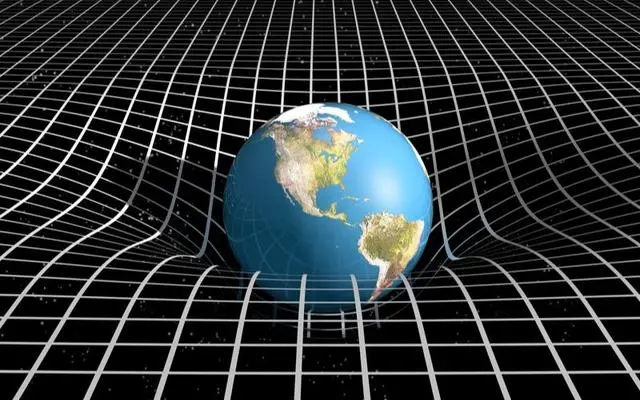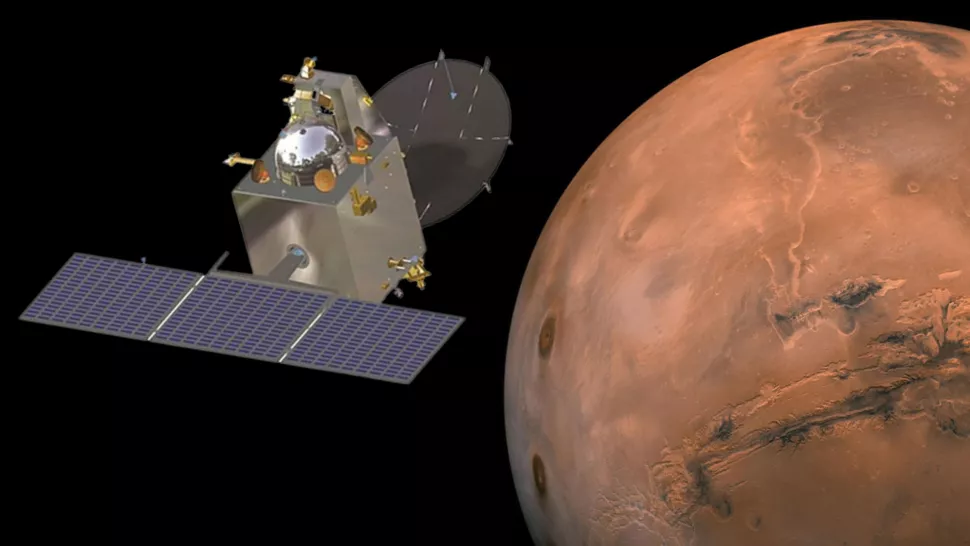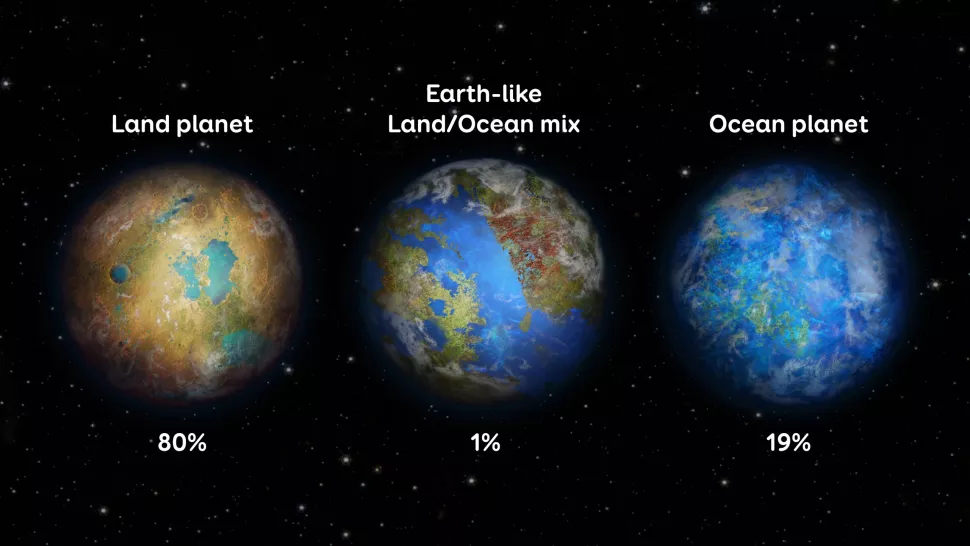According to special relativity, for people on Earth, the time experienced by fast-moving astronauts slows down. Astronauts typically fly at an altitude of 400 kilometers in space, which means they are moving relative to Earth at a speed of 7.7 kilometers per second. According to the slowing effect of the moving clock, the time of the astronauts will be 0.327 nanoseconds (3.27 × 10^-10 seconds) per second slower than that on Earth, which means that a day will be 28 microseconds slower and a year will be 10 milliseconds slower.
According to the general theory of relativity, because the astronauts in space are farther from the center of the earth, the weaker the gravitational force of the earth’s center, so the time experienced by the astronauts will be faster. Astronauts are 400 kilometers farther from the center of the earth than people on the ground. According to the effect of gravitational time dilation, the time of astronauts will be 0.041 nanoseconds per second (4.1×10^-11 seconds) faster than that of the earth, which means that one day will be 3.5 microseconds faster, a year will be 1.3 milliseconds faster.
So, in general, astronauts will be slower in space, but the effect is small enough to be negligible, because it is only 25 microseconds slower per day, and 9 milliseconds slower in a year. If two people of the same age on earth, one is on earth and the other goes to space, although the person who went to space will indeed be younger than the person who stayed on earth when he returns to earth, this kind of The effect is negligible because the speed isn’t close enough to the speed of light, and the gravitational gap isn’t extreme enough.
Another thing to note about this issue is that astronauts don’t get younger and younger in space. It’s just that in the eyes of people on Earth, astronaut time passes more slowly. But for the astronauts themselves, time passes as usual, and their lifespan is not increased. The difference in time that the theory of relativity says is the result of a comparison of different frames of reference, not relative to oneself.
time lapse on the moon
As mentioned above, the difference in time and space causes the time passage of the universe to be different from the time passage on the earth, and the moon, as the only satellite orbiting the earth, feels the passage of time on the moon is different from the passage of time on the earth Basically the same, even if the speed of time passing is different due to different gravitational fields, the time passing on the moon and the earth will not differ by more than 0.00000001 seconds.
But the time of “one day” on the moon is different from the time of “one day” on the earth, and it is not an exaggeration to describe it as the difference between heaven and earth.

Speaking of this, we have to mention the concept of “one day”. The concept of “one day” refers to the time it takes for a celestial body to rotate once. A day on Earth is also known as 23 hours and 56 minutes. The rotation axis of the earth is perpendicular to the line connecting the earth and the sun, so the changes of the “day” on our earth are very regular. Generally speaking, after one day on earth, it is possible to complete a day and night alternation.
The situation on the moon is different. The earth revolves around the sun, and the moon revolves around the earth. Correspondingly, the rotation axis of the moon is different from that of the earth. The axis of rotation of the moon can basically coincide with the line connecting the sun and the moon. The difference in the rotation axis of the moon causes the rotation direction of the moon to be different from that of the earth. The gravitational pull of the moon towards the earth causes the phenomenon of tides, a force known as tidal force.
The tidal force of the moon on the earth slows down the rotation of the earth. At the same time, because the rotation axis of the moon can basically coincide with the line connecting the sun and the moon, the moon is always half toward the sun and half toward the moon, and because of the tidal force Existing, the moon’s rotation speed is the same as its orbital speed, which is called lunar tides.
Because of the lunar tides, we only need to look at its rotation to see a lunar day. The gravitational acceleration constant g experienced by the Moon is one-sixth times that of the Earth. According to the formula of the law of universal gravitation and Kepler’s third law, the time of one lunar day is 655.68 hours, which is approximately equal to 27.32 earth days.
That is to say, the time an astronaut spends one day on the moon is equivalent to twenty-seven days on Earth.
After reading the above, you may have begun to imagine that a day on the moon is equal to 27 days on the earth. Then, when technology develops and humans migrate to the moon, the human lifespan can be extended by 27 days. times? Can’t everyone be a centenarian, even a thousand-year-old?
Not to mention that so far, only Americans have landed on the moon. I don’t know how long it will take for humans to live on the moon. I think that moving to the moon will give you more time. I will give a clear idea here. The answer is that it is impossible.




GIPHY App Key not set. Please check settings